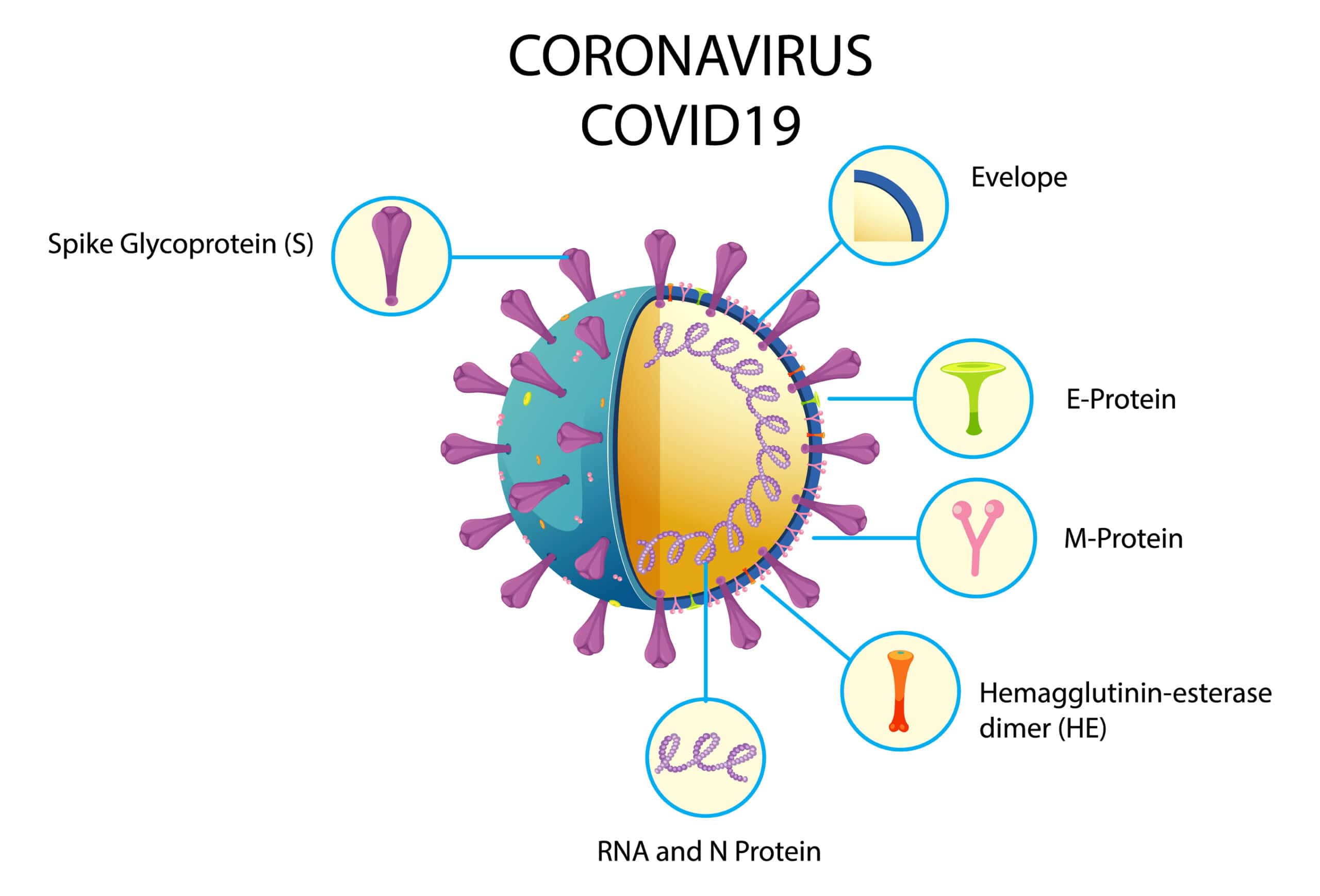 Medically reviewed by Dr Rick Singh – Chief Medical Officer at NextCare. Dr. Rick Singh, Board Certified in Family Medicine and trained in Emergency Medicine, completed his residency at ProMedica Flower Hospital in Ohio. Joining NextCare in 2014, he advanced through leadership roles before becoming Chief Medical Officer in February 2023.
Medically reviewed by Dr Rick Singh – Chief Medical Officer at NextCare. Dr. Rick Singh, Board Certified in Family Medicine and trained in Emergency Medicine, completed his residency at ProMedica Flower Hospital in Ohio. Joining NextCare in 2014, he advanced through leadership roles before becoming Chief Medical Officer in February 2023. It’s that time of year again—flu season is upon us. The weather is turning cooler, and everyone around you seems to be sniffling and coughing. You start to feel a scratchy throat and a touch of fatigue. Uh-oh. Could it be COVID-19, influenza (flu), or seasonal allergies? It’s hard to tell because they share many of the same symptoms. But while similar, some key differences exist in how they present, spread, and are treated.
Understanding the Differences Between COVID-19, the Flu, and the Common Cold
When you feel a tickle in your throat, it can be hard to decipher what it is exactly. Knowing the subtle nuances of COVID-19 vs the flu or a cold can help guide your actions and provide you with peace of mind. Here’s a breakdown of their causes and common symptoms.
Causes: Viral Intruders
First things first, all three illnesses are caused by different viruses. COVID-19 stems from the notorious SARS-CoV-2 virus. The flu results from influenza viruses, while a smorgasbord of viruses, including rhinoviruses, cause the common cold.
Symptom Check: Spotting the Signs
COVID-19, the flu, and colds tend to have a few shared symptoms that can cause confusion. Think fever, fatigue, coughing, sore throat, body aches, congestion, or a headache – these symptoms can all be present in any of these infections. This is why testing is absolutely essential.
However, while all three illnesses can show these symptoms, variations in prevalence and symptom type exist, especially with COVID-19. For example, you could experience shortness of breath and chest discomfort, which are possible symptoms of COVID-19. These symptoms are not as common with the flu or a cold.

Distinguishing Features of COVID-19
One way COVID-19 tends to distinguish itself is its ability to impact your taste buds and sense of smell, a phenomenon rarely seen with flu or colds. While a stuffy nose from a cold can dull your sense of smell, it’s the sudden and distinct loss that can be a telltale sign of COVID-19, especially in the early stages.
Additionally, COVID-19 might linger around longer, with symptoms lasting from a couple of weeks up to a month or even longer. If you suspect it could be COVID-19, an at-home rapid test or PCR test through a lab can help provide clarity.
Deciphering Duration: How Long Each Illness Lasts
Understanding how long each of these illnesses typically lasts can help determine if you are getting better or if it is a cause for concern. A simple cold typically clears up within seven to 10 days. The flu usually takes a little longer to recover from fully – anywhere from one to two weeks in uncomplicated cases.
As for COVID-19, that virus can be more unpredictable, sticking around for a few weeks to even a month. In more extreme situations, some people experience lingering effects, often referred to as “long COVID.” So remember, listen to your body and consult with your doctor for guidance, especially if you feel your symptoms are lingering.
Transmission Tales: How These Infections Spread
Knowing how each illness spreads helps you make informed choices to keep yourself, your loved ones, and your community protected. When someone coughs or sneezes near you, they expel tiny droplets containing the virus into the air.
This is how influenza spreads, and the virus can also live on surfaces. Think doorknobs or elevator buttons. For COVID-19, research by the CDC confirms that close contact with someone carrying the virus raises your risk. Keeping at least six feet away from someone coughing or sneezing reduces your exposure, lowering your risk.
Prevention Prowess: Staying Ahead of the Infection Game
This is the big question for everyone. Is there any way to avoid getting sick in the first place? Thankfully, there are. Washing your hands often for at least 20 seconds with soap and water (and making sure your kids do the same.), covering coughs, and staying home when you aren’t feeling well can all make a difference. Getting your recommended COVID-19 and flu vaccines every season goes a long way, too.
These simple practices might even shorten the length of the flu season. Research during the 2019-2020 season shows that basic preventive measures did lessen the number of people affected by the flu. Getting a flu vaccine reduces the likelihood of a severe case, and you can receive the COVID-19 and flu vaccines simultaneously.
Treatment Strategies: Navigating Illness
Sometimes, no matter how diligently you scrub, you still get hit by one of these viruses. What can you do when it’s time to recover? Both COVID-19 and the flu can impact your body and lead to complications.
The COVID-19 vaccines available for people six months of age and older help lower the risk of a severe case of COVID-19, while an annual flu shot does the same for influenza. Your doctor can provide the best ways to help alleviate the symptoms as quickly as possible. Getting enough rest and plenty of fluids is important for a sore throat, stuffy nose, or cough.
But with the flu and COVID-19, supportive measures to help your body fight the infection are crucial. Over-the-counter pain relievers, cough drops, and saline rinses can provide temporary relief from cold symptoms. Staying well-hydrated with fluids like juice or broth can also be beneficial.
FAQs about COVID-19 vs the Flu or Cold
Because they share many of the same symptoms, the best way to know is to get tested for both COVID-19 and the flu.
A telltale sign of COVID-19 can be the sudden loss of taste or smell that is not accompanied by a stuffy nose. Testing is ultimately the best way to know for sure.
Many people report a dry cough, sometimes accompanied by a sore throat and mild body aches, as one of the earliest signs of COVID-19. Some experience chills before a fever develops.
These early symptoms are very similar to a common cold. Loss of taste and smell is another early COVID-19 symptom to watch out for. Even if COVID-19 symptoms are mild or nonexistent early on, that doesn’t mean they won’t worsen quickly. If you suspect you may have COVID-19, self-isolate, wear a mask, seek medical advice, and take a rapid test.
The five stages of the flu are:
- Incubation: Lasting 1-4 days after infection, where the virus multiplies in the body without symptoms.
- Prodrome: Early symptoms appear, including fever, chills, and body aches, signaling the onset of the flu.
- Acute: The most severe symptoms, such as high fever, cough, and fatigue, occur during this stage, typically lasting 2-4 days.
- Recovery: Symptoms begin to lessen, though a cough and fatigue may persist for up to a week.
- Resolution: Full recovery occurs, though mild fatigue can linger.
The flu is more predictable than COVID-19, as it occurs annually during flu season, typically affecting older people more severely. Younger, healthy people rarely experience serious health threats from the flu, which is not the case with COVID-19, as it can cause long-term complications in anyone, regardless of age.
Conclusion
COVID-19 vs the Flu or Cold: Determining the difference between a cold, the flu, and COVID-19 isn’t always straightforward. There’s often overlap, and testing is crucial to know what’s causing those annoying symptoms. The most effective method of prevention against the flu or COVID-19 is getting your yearly shots for both.
Whether it’s a cold, the flu, or COVID-19, take care of your body, and follow your doctor’s advice for a speedy recovery.

